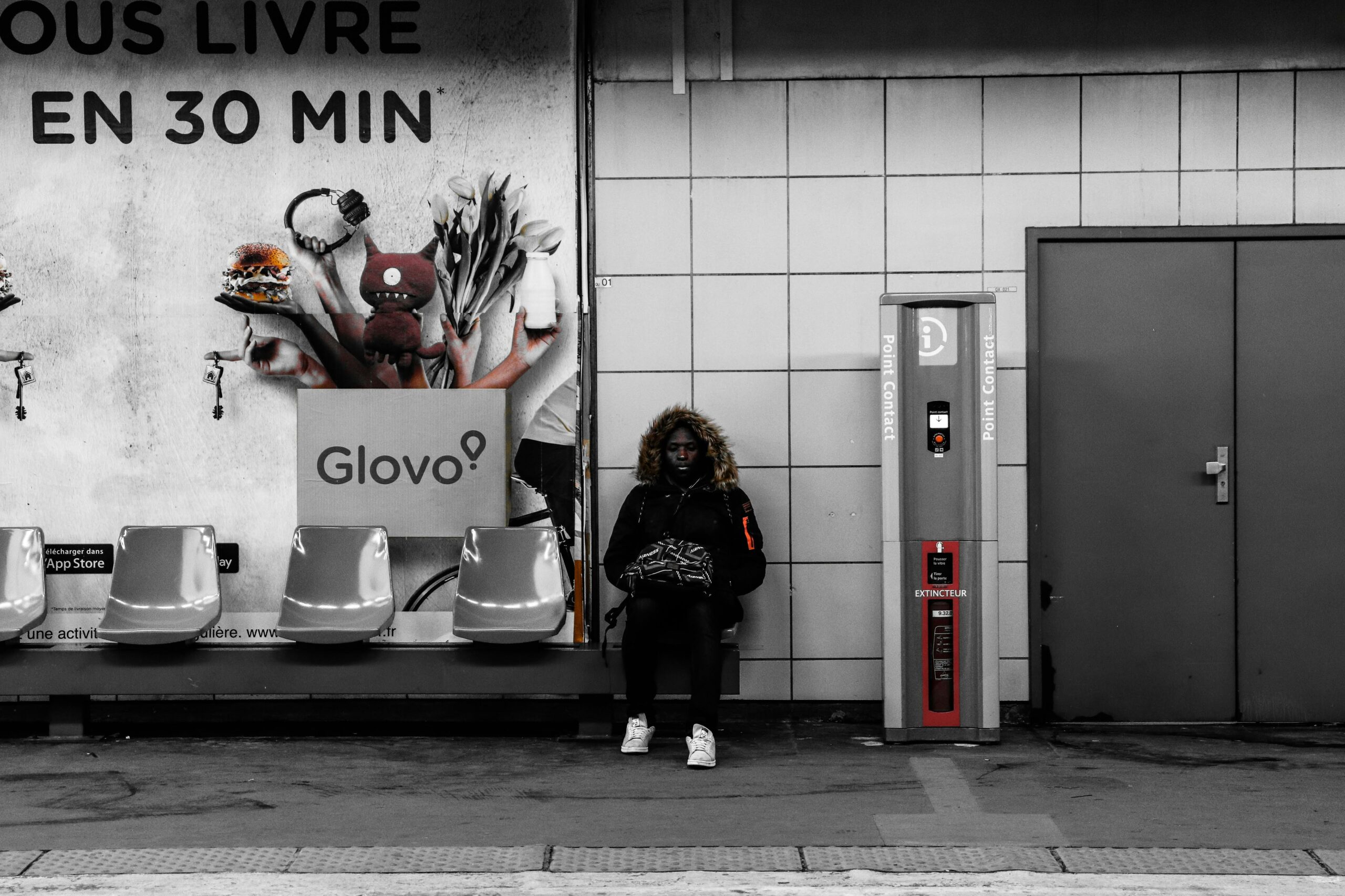Fast fashion has transformed the clothing industry with its rapid production and low prices—but at what cost? This blog explores how fast fashion affects the environment, from textile waste to carbon emissions and water pollution. Learn the hidden consequences behind cheap clothing, and why conscious consumer choices and sustainable alternatives are more important than ever in 2025.










